CARING WITH FAMILY
|
| The level of affection a breed exhibits towards family members and individuals they are familiar with can vary. Certain breeds tend to be more reserved and may display aloofness towards everyone except their owner, while other breeds have a naturally friendly disposition and treat everyone they know as their closest companion. It is important to understand that individual dogs within a breed can also have their own unique personalities and may deviate from typical breed characteristics. When considering a breed it is recommended to research their general tendencies towards affection and social behavior, but also take into account the specific temperament and socialization of the individual dog. |
LOVE WITH CHILDREN
Unwise
Good With Children
|
| The tolerance and patience of a breed towards children's behavior, as well as its overall family-friendly nature, can vary. It is crucial to always supervise dogs when they are around young children or children who have little exposure to dogs. While some breeds are known for their natural affinity towards children and their ability to exhibit patience and tolerance it is important to remember that individual dogs within a breed can differ in temperament. Proper socialization, training, and positive interactions with children are crucial in shaping a dog's behavior. When selecting a breed, it is advisable to research their general tendencies towards being family-friendly and tolerant with children, while also considering the specific personality and socialization of the individual dog. |
BEHAVIOR WITH DOGS
Unwise
Good With Other Dogs
|
| The general friendliness of a breed towards other dogs can vary. While it is crucial to always supervise and carefully introduce dogs to one another, certain breeds have a predisposition to get along well with other dogs, both in a home environment and in public settings. These breeds often possess social tendencies and a natural inclination towards canine companionship. However, it is essential to remember that each dog is an individual with its own unique personality and may deviate from typical breed traits. When considering a breed it is advisable to research their general tendency towards friendship with other dogs but also consider the socialization and training of the specific dog in question. |
SHEDDING LEVELS & MANAGEMENT
No Shedding
Hair Everywhere
|
| The amount of fur and hair a breed is likely to leave behind can vary. Breeds that shed heavily will require more frequent brushing to manage the shedding and minimize loose hair. It is important to note that breeds with high shedding tendencies may also be more likely to trigger allergies in sensitive individuals. Additionally, homes with these breeds may require more consistent vacuuming and lint-rolling to maintain cleanliness. It is recommended to research the shedding characteristics of a specific breed to understand the level of upkeep and potential impact on allergies and household cleanliness before bringing a dog into your home. |
COAT GROOMING STANDARDS
|
| The frequency of bathing, brushing, trimming, and other coat maintenance tasks can vary for different breeds. It is important to consider your availability of time, patience, and budget for grooming when choosing a breed. Some breeds may require more frequent bathing to maintain cleanliness and manage odor, while others may only need occasional baths. Brushing needs can range from daily grooming sessions to weekly or less frequent brushing, depending on the breed's coat type. Trimming requirements such as for long or fast-growing hair around the paws, ears or face can also vary by breed. Some breeds may require regular professional grooming to keep their coat in optimal condition, while others may need minimal professional grooming. |
DROOLING INTENSITY
Less Likely to Drool
Always Have a Towel
|
| The tendency to drool can vary among different breeds. If you have a preference for cleanliness and are a self-proclaimed neat freak, breeds that have a propensity for leaving ropes of slobber on your arm or creating big wet spots on your clothes may not be the most suitable choice for you. Some breeds naturally produce more saliva and are more prone to drooling while others have minimal to no drooling tendencies. If you have concerns about drooling, it is recommended to research the specific breed's characteristics and consult with breeders or experts to make an informed decision based on your personal preferences and tolerance for drool. |
COAT STYLES GUIDE |
| Double |
| COAT SPECTRUM |
| Medium |
FRIENDLINESS
Reserved
Everyone Is My Best Friend
|
| The level of welcoming a breed tends to be towards strangers can vary. Some breeds have a natural predisposition to be reserved or cautious around unfamiliar individuals regardless of the location. They may require time and proper introductions to warm up to new people. On the other hand, certain breeds are generally more friendly and open to meeting new humans whenever the opportunity arises. |
LIVELINESS
Only When You Want To Play
Non-Stop
|
| The level of enthusiasm for play can vary among different breeds. While puppies tend to have a natural inclination for playfulness, certain breeds maintain their enthusiasm for play well into their adult years. These breeds may continue to enjoy activities such as tug-of-war, fetch or other interactive games as they mature. They retain a high level of energy and often require regular mental and physical stimulation in the form of play. |
VIGILANCE INTENSITY
What's Mine Is Yours
Vigilant
|
| Certain breeds are more inclined to have a heightened sense of awareness and alertness, making them more likely to alert you when strangers are around. These breeds may react to potential threats, whether it's the arrival of the mailman or the presence of a squirrel outside the window. They can be vigilant and proactive in notifying their owners of any perceived intrusions. |
ADAPTATION CAPACITY
Lives For Routine
Highly Adaptable
|
| The adaptability of a breed to handle change can vary. Some breeds are known for their resilience and ability to adapt to different living conditions, including changes in environment, noise levels, weather and daily schedules. These breeds tend to be more flexible and can adjust relatively easily to new situations and routines. |
OBEDIENCE LEVEL
Self-Willed
Eager to Please
|
| The ease of training and the willingness to learn new things can vary among different breeds. While all dogs are trainable to some extent, certain breeds are known for their high trainability and eagerness to please their owners. These breeds often have a strong desire to learn and a natural drive to make their owners proud. They are typically more responsive to training techniques and may quickly grasp new commands and behaviors. |
STAMINA LEVEL
|
| The amount of exercise and mental stimulation a breed needs can vary greatly. High-energy breeds generally require a significant amount of both physical and mental exercise to stay content and avoid boredom or restlessness. These breeds are often ready and eager for physical activities such as running, playing and engaging in interactive games. They thrive on regular exercise, and mental stimulation through training, puzzle toys or tasks that challenge their intelligence. |
VOCALIZATION
|
| Medium |
LEARNING CURIOSITY LEVEL
Happy to Lounge
Needs a Job or Activity
|
| The amount of mental stimulation a breed needs to stay happy and healthy can vary. Purpose-bred dogs, such as working or herding breeds, often have a higher need for mental stimulation due to their innate drive to perform specific tasks or jobs. These breeds require regular mental challenges that involve decision-making, problem-solving, concentration and other qualities related to their specific purposes. |
| COLORS | ' |
| PATTERNS | ' |



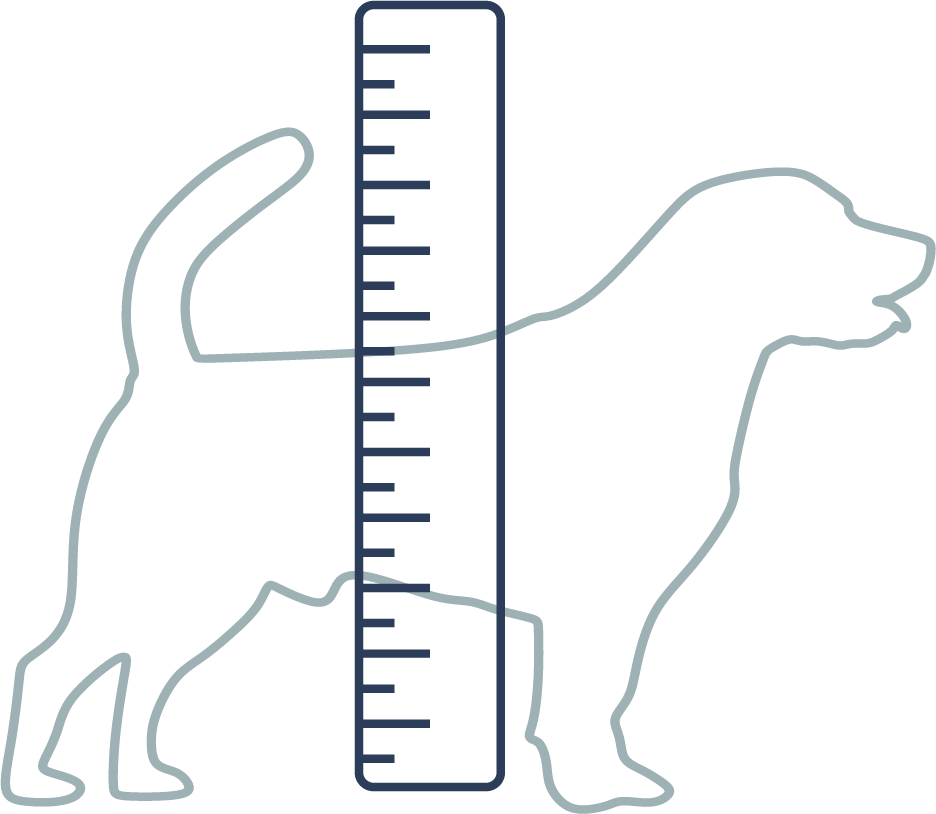


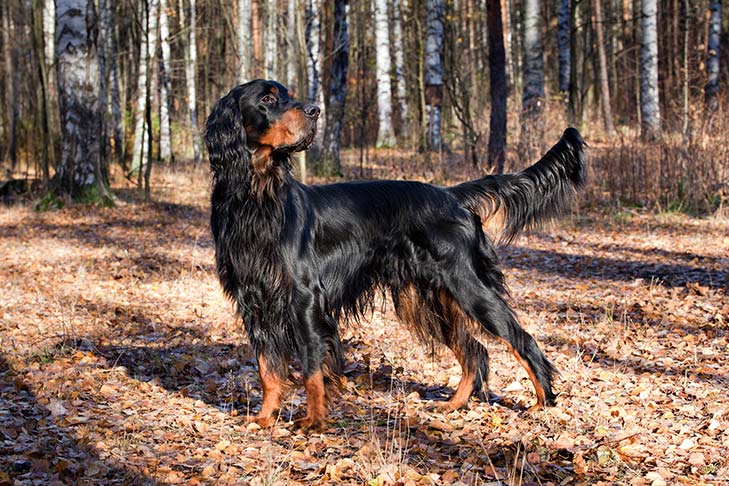
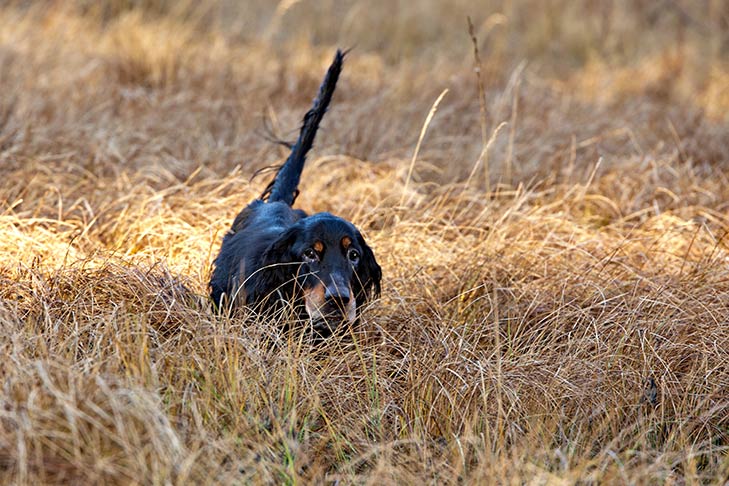
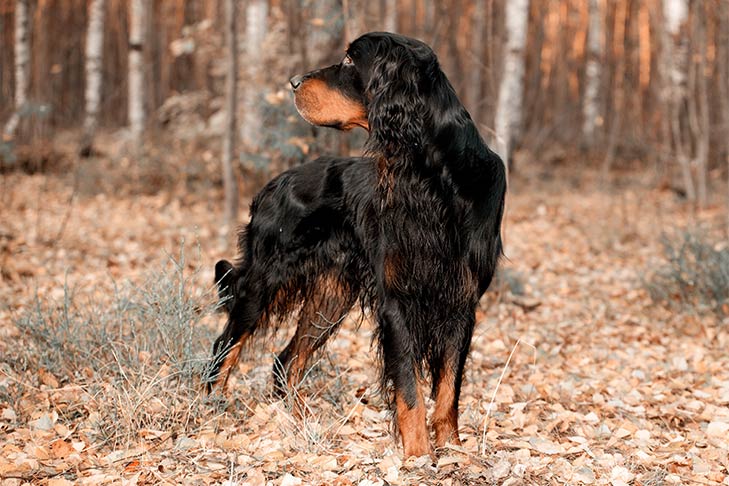
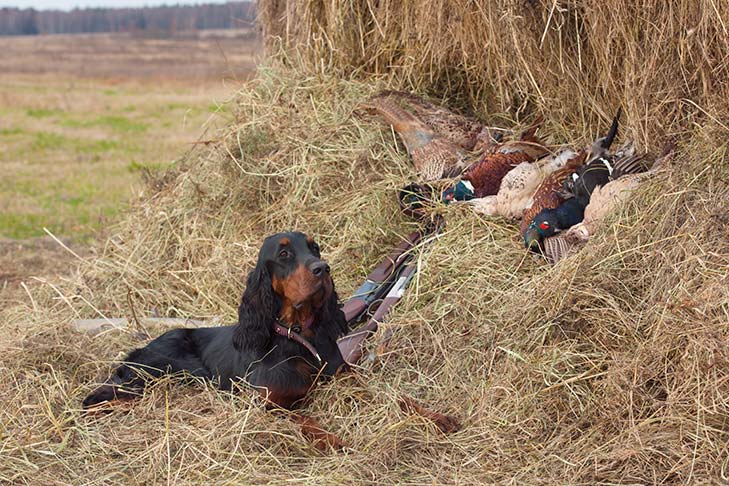





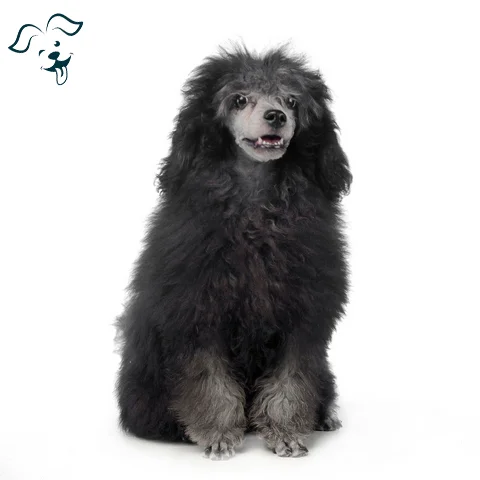

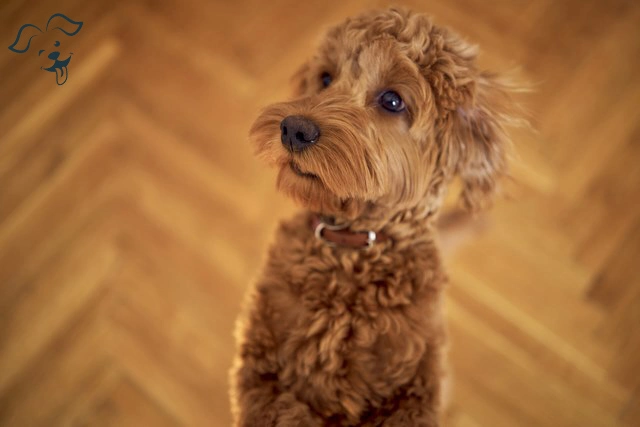
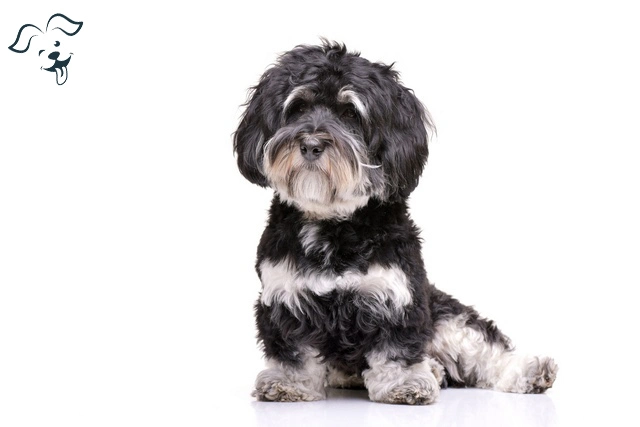
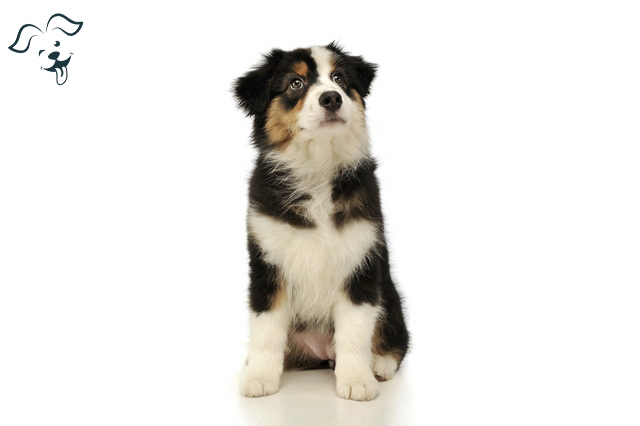
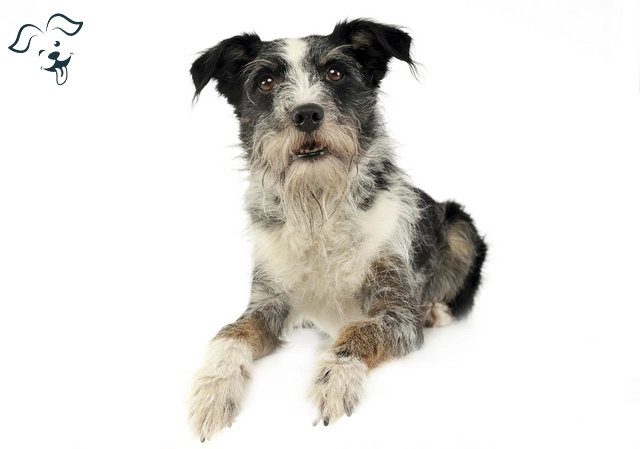
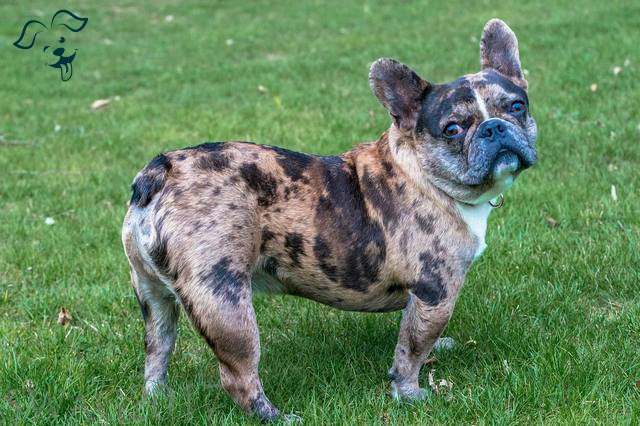
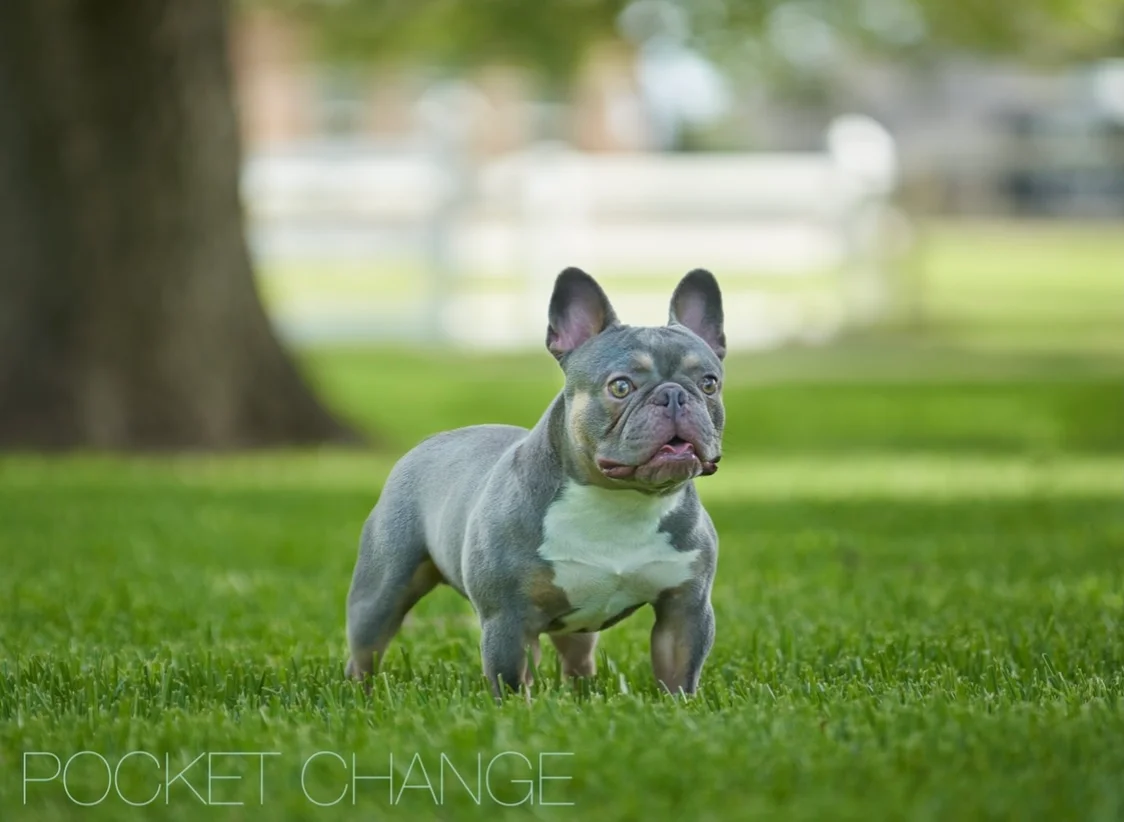
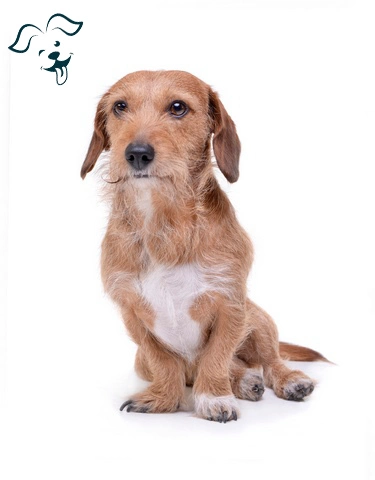


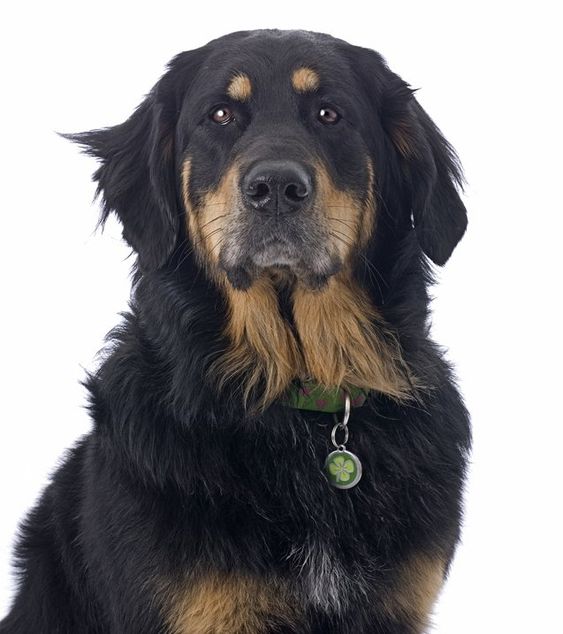
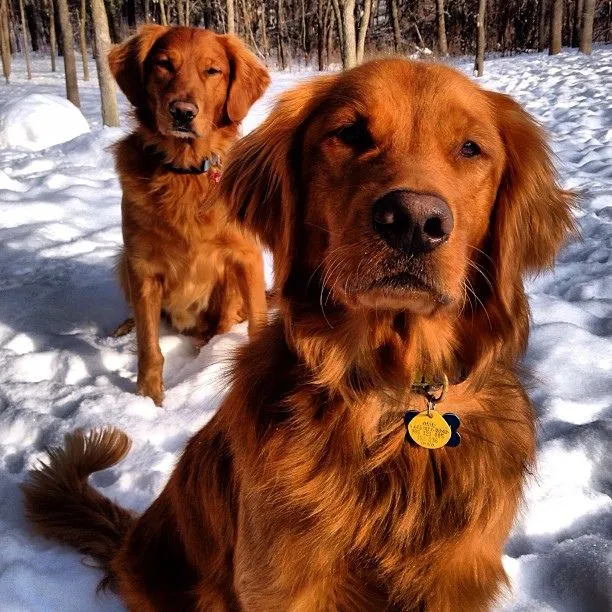
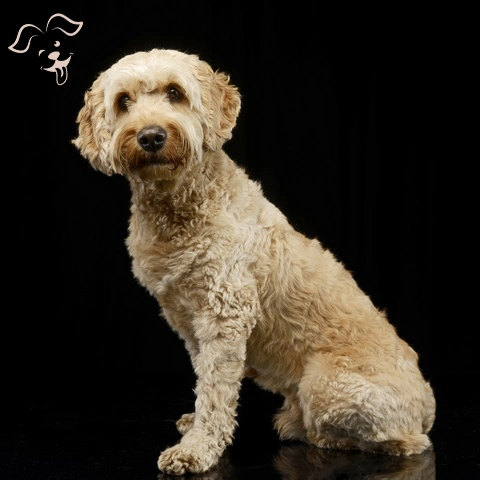
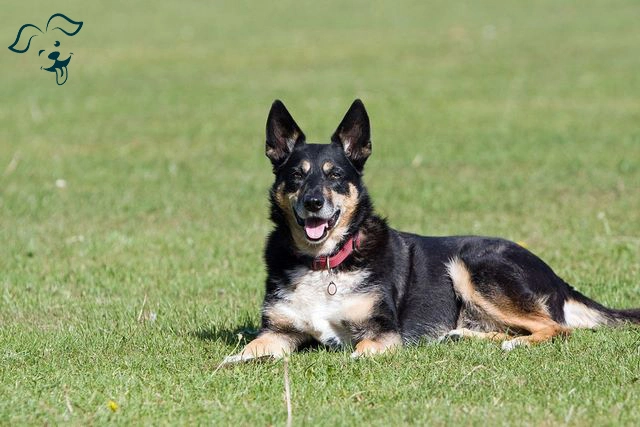
FRIENDLINESS
LIVELINESS
VIGILANCE INTENSITY
ADAPTATION CAPACITY